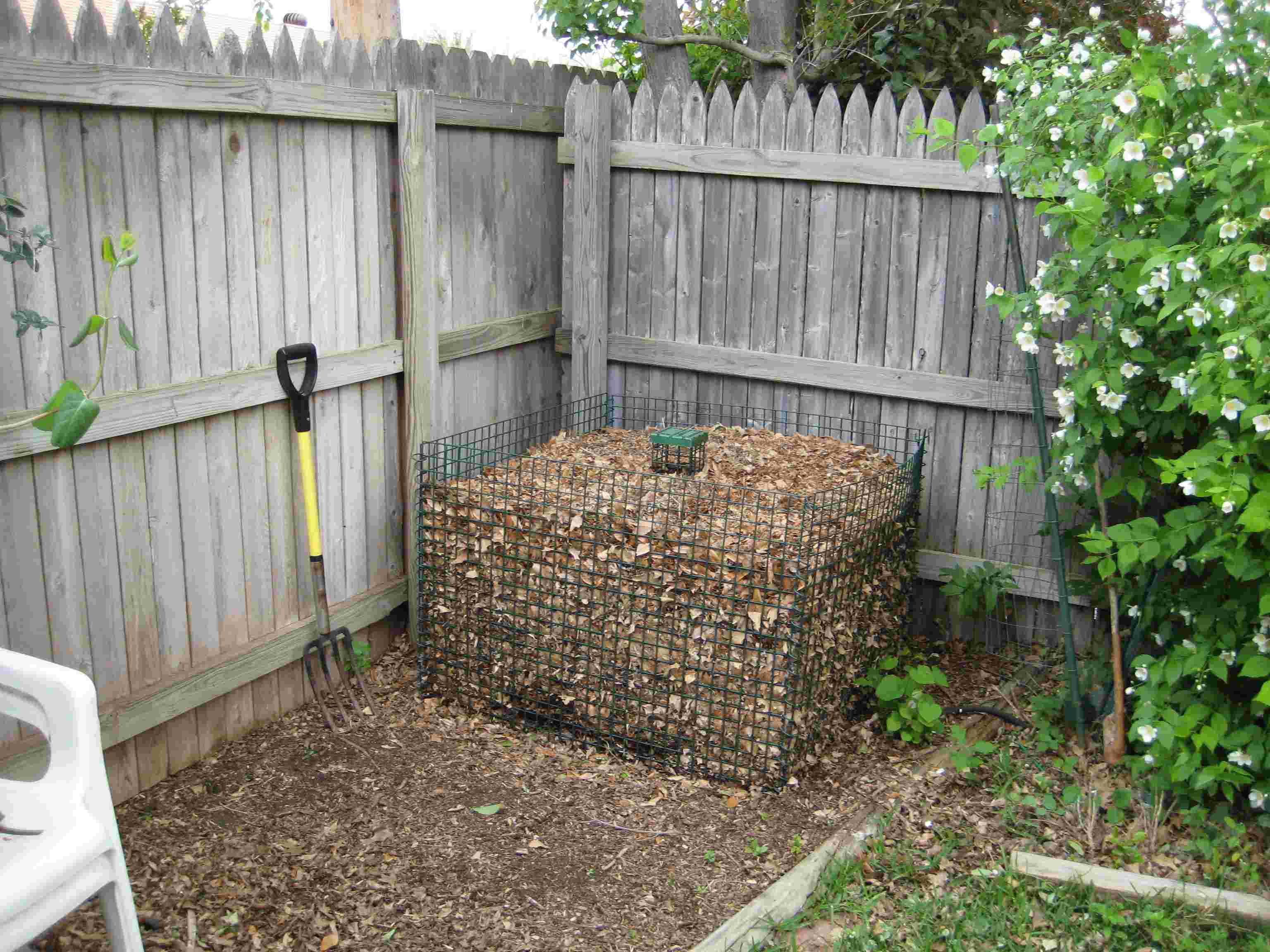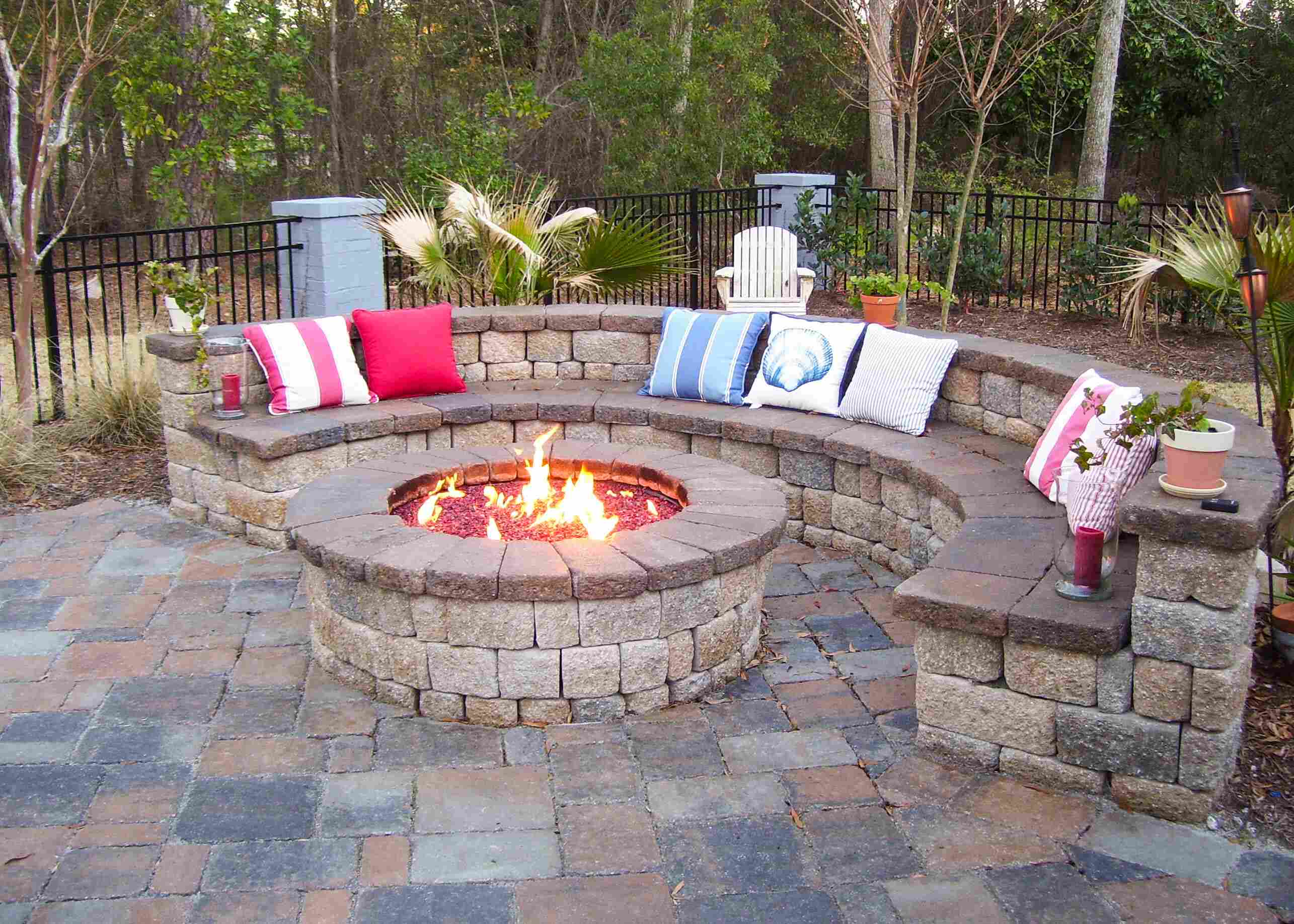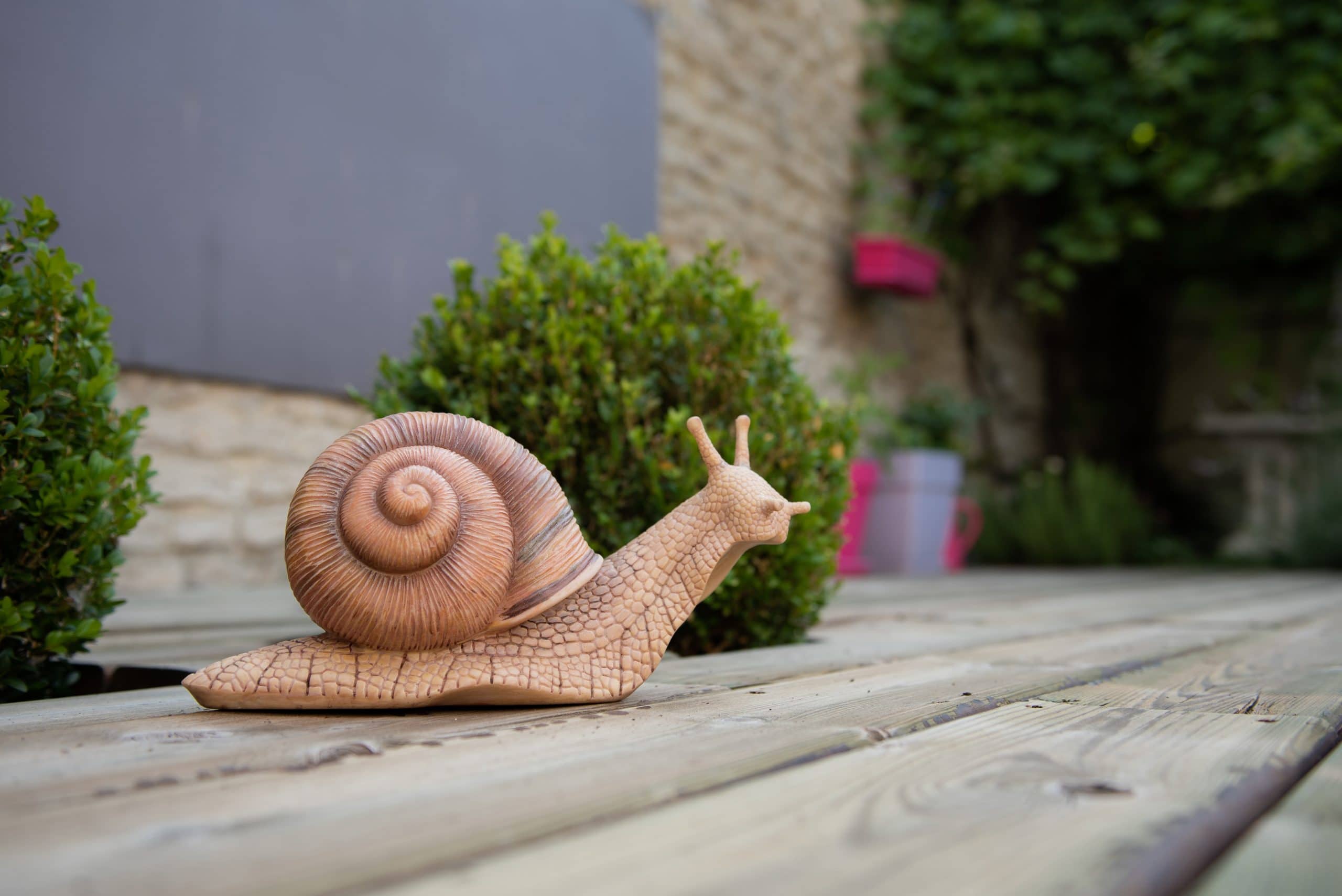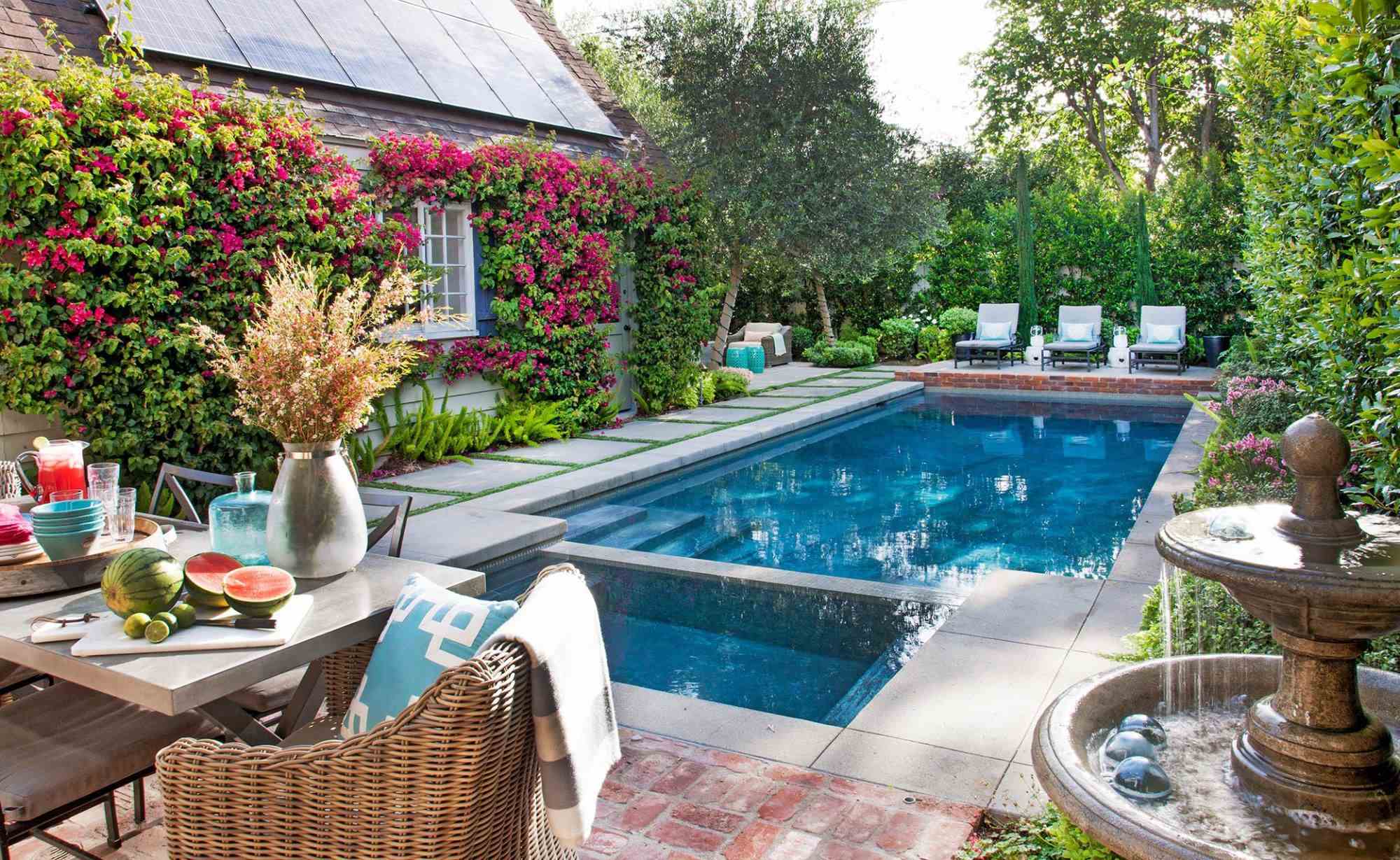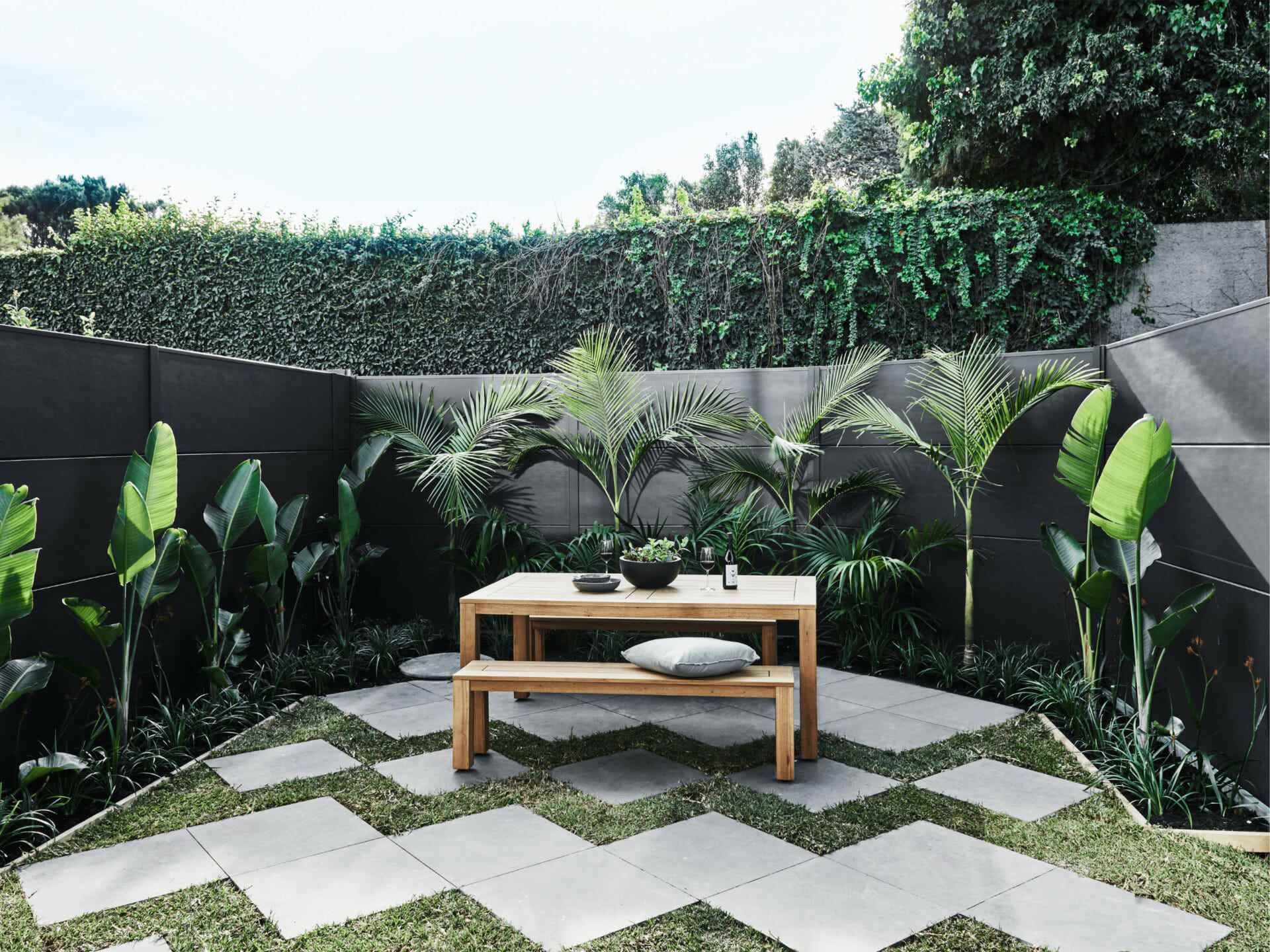Home>Gardening Techniques>DIY Projects>How To Make A Dog Park In Your Backyard


DIY Projects
How To Make A Dog Park In Your Backyard
Modified: January 22, 2024
Learn how to create a DIY dog park in your own backyard with these simple and fun DIY projects. Enjoy quality time with your furry friend without leaving home!
(Many of the links in this article redirect to a specific reviewed product. Your purchase of these products through affiliate links helps to generate commission for Chicagolandgardening.com, at no extra cost. Learn more)
Table of Contents
Introduction
Having a dog as a companion can bring immense joy and happiness to your life. Dogs require regular exercise and socialization to stay healthy and happy, and what better way to provide them with these needs than by creating a dog park right in your own backyard? With a little bit of planning and some DIY projects, you can turn your backyard into a canine haven and provide your furry friend with a safe and enjoyable space to play and explore.
Designing a dog park in your backyard offers a multitude of benefits. Not only does it provide your dog with ample space to run, play, and exercise, but it also allows you to supervise their activities closely. Additionally, having a dedicated space for your dog reduces the risk of encounters with aggressive or unruly dogs that you may encounter at public parks. You can customize the park to suit your dog’s specific needs, including adding obstacles, toys, and other amenities.
Creating a dog park in your backyard may seem like a daunting task, but with proper planning and the right tools, it can be a fulfilling and enjoyable DIY project. Throughout this article, we will guide you through the process of assessing your backyard space, designing the dog park layout, choosing the right safety features, installing dog-friendly landscaping, adding essential amenities, selecting appropriate dog park equipment, and providing maintenance and cleaning tips.
By following these steps, you can transform your backyard into a dog-friendly oasis and create a fun and stimulating environment for your four-legged friend. So, let’s dive into the exciting world of DIY dog park projects and embark on a journey to create an unforgettable space that both you and your dog will love.
Assessing Your Backyard Space
Before you begin designing your dog park, it’s essential to assess the available space in your backyard. Take a walk around and consider factors such as size, shape, and any existing features or obstacles that may affect the layout.
One crucial aspect to consider is the size of your dog. Larger breeds will require more room to run and play, while smaller breeds may be content with a smaller space. Take into account the size and energy level of your dog to determine the appropriate area needed.
Another factor to consider is the shape of your backyard. Ideally, you want a rectangular or square-shaped area that provides enough open space for your dog to move around freely. Avoid areas with sharp corners or irregular shapes, as they may limit the usability of the dog park.
Consider any existing features in your backyard, such as trees, shrubs, or garden beds. These can provide natural barriers and shading for the dog park. However, make sure there are no toxic plants or hazards that could pose a risk to your dog’s safety.
It’s also crucial to consider the overall safety of the area. Evaluate the accessibility and visibility of the space. Ensure that the dog park is surrounded by secure fencing to prevent your dog from escaping and to keep potential hazards, such as traffic or wildlife, out. If you have neighboring properties, consider adding a privacy screen to minimize distractions for your dog.
Additionally, examine the terrain of your backyard. Look for any slopes, uneven surfaces, or potential tripping hazards. Flat, level ground is ideal for a dog park to ensure the safety and ease of movement for your dog.
Lastly, take into account any local ordinances or homeowner’s association rules that may affect the construction of your dog park. Some neighborhoods have specific guidelines regarding fence height, noise levels, or the number of dogs allowed. It’s essential to be aware of these regulations to avoid any potential conflicts.
By thoroughly assessing your backyard space, considering the size, shape, existing features, safety factors, terrain, and local regulations, you can lay the foundation for a well-planned and functional dog park. With this information in hand, you can move on to the next phase of designing your dog park layout.
Designing the Dog Park Layout
Once you have assessed your backyard space, it’s time to start designing the layout of your dog park. The layout will depend on various factors, including the size and shape of your backyard, the needs of your dog, and your personal preferences.
First, determine the specific areas you want to include in your dog park. Common features of a dog park layout may include a designated play area, a separate agility course, a potty area, and a shaded resting spot. Consider what activities and amenities will best suit your dog’s needs and your own preferences.
Next, mark out the boundaries of each area within the dog park. Use spray paint or stakes and strings to create a visual outline of where each space will be located. This will help you visualize the flow and arrangement of different areas.
In the play area, ensure there is enough room for your dog to run, fetch, and socialize with other dogs. Allow ample space for them to roam freely without feeling cramped. Consider adding obstacles like tunnels or ramps to add an element of fun and challenge for your dog.
For the agility course, you can incorporate various equipment such as jumps, weave poles, and tunnels. Design the course in a way that allows your dog to navigate through it smoothly, ensuring their safety and enjoyment. Make sure to space out the equipment appropriately, considering your dog’s size and abilities.
Designate a specific area as a potty spot for your dog to do their business. This can be covered with gravel or artificial turf to make cleaning easier. Place it away from the play area to maintain cleanliness and hygiene.
Lastly, create a shaded resting spot where your dog can take a break from play and relax. This can be achieved by installing a canopy, using umbrellas, or planting trees strategically for natural shade. Provide a comfortable resting area, such as a dog bed or elevated platform, for your dog to rest and rejuvenate.
As you design the layout, consider the flow and accessibility of each area. Create clear pathways between different sections of the dog park to allow for easy movement and supervision.
Remember, the design should prioritize the safety and enjoyment of your dog. Keep in mind their size, energy level, and any specific needs they may have. By carefully planning the layout of your dog park, you can create a space that promotes physical activity, mental stimulation, and socialization for your furry friend.
Choosing the Right Safety Features
When creating a dog park in your backyard, ensuring the safety of your furry friend should be a top priority. By incorporating the right safety features, you can provide a secure environment for your dog to play and explore. Here are some essential safety elements to consider:
1. Fencing: Install sturdy and secure fencing around the perimeter of your dog park to prevent your dog from escaping and to keep unwanted animals out. Choose a fence height that is appropriate for your dog’s size and jumping ability.
2. Gate: Use a self-closing gate with a latch that is out of reach for your dog. This will prevent accidental escapes and ensure that the dog park remains safely enclosed at all times.
3. Smooth Edges and Surfaces: Inspect the fencing, equipment, and any other structures within the dog park for any sharp edges or rough surfaces that could potentially cause injury to your dog. Smooth out or remove any hazards to create a safe environment.
4. Non-Toxic Materials: Use non-toxic materials for all elements in the dog park, including the fencing, equipment, and landscaping features. Avoid using chemicals or plants that could be harmful if ingested by your dog.
5. Gravel or Mulch: Consider using gravel or mulch in the play area to provide a soft and safe surface for your dog to play on. These materials offer good drainage and help minimize the risk of injuries from slips and falls.
6. Sturdy Equipment: If you choose to add agility equipment to your dog park, make sure it is sturdy, well-maintained, and designed specifically for dogs. Avoid using equipment that is meant for humans, as it may not be suitable or safe for your dog.
7. Visibility: Ensure that the dog park is well-lit and easily visible from your home or other areas of your yard. This allows for better supervision and quick response in case of any accidents or emergency situations.
8. First Aid Kit: Keep a well-stocked first aid kit in or near the dog park to be prepared for any minor injuries that may occur during play. Include items such as bandages, antiseptic solution, and tweezers for removing splinters or ticks.
9. Dog-Friendly Plants: Incorporate dog-friendly plants in and around the dog park. Consider plants that are non-toxic to dogs and avoid any that may be harmful if ingested. This adds beauty to the space while minimizing the risk of your dog’s exposure to toxic substances.
By carefully selecting and implementing these safety features, you can create a secure environment for your dog to enjoy their time in the dog park. It will provide you with peace of mind, knowing that your furry friend can play and exercise safely within their own backyard oasis.
Installing Dog-Friendly Landscaping
When creating a dog park in your backyard, it’s important to consider the landscaping to ensure it is safe, functional, and enjoyable for your furry friend. Here are some tips for installing dog-friendly landscaping:
1. Choose Durable Plants: Opt for hardy, low-maintenance plants that can withstand the wear and tear that comes with a dog park. Avoid plants that are toxic or have thorns or spines that could potentially harm your dog.
2. Create Pathways: Design clear pathways using materials such as gravel, mulch, or pavers to guide your dog around the park and minimize damage to the grass. This also helps to prevent muddy areas and makes cleaning easier.
3. Consider Artificial Turf: If you want to have a lush, green lawn without worrying about wear and tear from your dog’s activities, consider installing artificial turf. It provides a durable, low-maintenance, and dog-friendly alternative to natural grass.
4. Provide Shaded Areas: Plant trees or install canopies to create shaded areas within the dog park. This allows your dog to take breaks from the sun and prevents overheating. Make sure there is ample shade available throughout the day.
5. Create Digging Zones: Dogs love to dig, so designate specific areas within the dog park where they are allowed to satisfy this natural instinct. Fill these areas with loose soil or sand and provide toys or treats to encourage digging only in these zones.
6. Install Proper Drainage: Ensure that the dog park has proper drainage to prevent water from pooling and becoming a breeding ground for insects or causing slippery surfaces. Consider using permeable materials or creating sloped areas to facilitate water runoff.
7. Incorporate Dog-Friendly Features: Add features such as rocks, logs, or stepping stones for your dog to explore and interact with. These natural elements can provide mental stimulation and enrich your dog’s experience in the park.
8. Install Water Sources: Provide access to fresh water within the dog park. You can install a dog-friendly water fountain or place water bowls strategically throughout the park. Ensure that the water is changed regularly to maintain cleanliness.
9. Include Play Structures: Consider adding play structures like tunnels, ramps, or platforms for your dog to climb on and explore. These structures provide opportunities for exercise, mental stimulation, and agility training.
10. Create Borders: Install borders or edging to separate different areas of the dog park, such as the play area and potty area. This helps maintain cleanliness and prevents the spread of dirt or gravel to other sections.
By installing dog-friendly landscaping in your backyard dog park, you can create an aesthetically pleasing and functional space for your furry friend. It will provide them with opportunities for exploration, exercise, and mental stimulation while ensuring their safety and comfort.
Adding Essential Amenities
Creating a dog park in your backyard goes beyond just providing a space for your furry friend to run and play. It’s important to incorporate essential amenities that will enhance their experience and ensure their comfort. Here are some must-have amenities to consider:
1. Water Station: Just like humans, dogs need access to fresh water, especially during playtime. Install a water station within the dog park, either in the form of a dog-friendly water fountain or strategically placed water bowls that are regularly replenished.
2. Shade Structures: Dogs can easily overheat under the sun, so it’s crucial to provide shaded areas for them to cool down. Install shade structures, such as canopies or umbrellas, in different areas of the dog park to create comfortable spots for your dog to rest and seek refuge from the sun.
3. Seating Area: Consider adding a seating area for yourself and your guests to relax while your dog enjoys the park. This can be in the form of benches, outdoor chairs, or even a picnic table. Make sure the seating area is located where you can easily supervise your dog’s activities.
4. Waste Station: Responsible pet ownership means keeping the park clean and picking up after your dog. Install a waste station that includes dog waste bags and a designated trash bin. Encourage other dog owners to dispose of waste properly by placing clear signage and reminders.
5. Dog Toys and Enrichment Activities: Provide a variety of dog toys and interactive activities to mentally stimulate your dog. This can include puzzle toys, treat dispensers, and balls for playing fetch. Rotate the toys regularly to keep your dog engaged and prevent boredom.
6. Dog-Friendly Surfaces: Consider installing different surfaces within the dog park to cater to your dog’s needs. This can include a grassy area for rolling and playing, a section with sand for digging, and a mulch or rubberized surface for agility equipment. Catering to your dog’s preferences will keep them engaged and happy.
7. Doggie Pool or Water Feature: If your dog enjoys water, consider adding a small pool or water feature within the dog park. This will provide them with a fun and refreshing way to cool down on hot days and engage in water play.
8. Sheltered Resting Area: Dogs also need a quiet and sheltered spot to rest and relax. Create a designated resting area with comfortable dog beds or mats, ideally located in a shaded area to provide a cool and cozy spot for your dog to unwind.
9. Lighting: Ensure that the dog park is well-lit for evening or early morning play sessions. Install outdoor lighting to improve visibility and safety, allowing you to easily monitor your dog’s activities even in low-light conditions.
10. Informational Signage: Install clear and informative signage throughout the dog park. Include rules, guidelines, and any relevant information regarding pet safety and park usage. This will help educate other park visitors and ensure a positive and respectful environment for all.
Adding these essential amenities to your backyard dog park will significantly enhance your dog’s experience and create a well-rounded space for their enjoyment. Remember to regularly maintain and clean the amenities to ensure their functionality and longevity.
Selecting Appropriate Dog Park Equipment
When designing a dog park in your backyard, selecting the right equipment is crucial to ensure your furry friend’s enjoyment and safety. The right equipment can provide mental stimulation, physical exercise, and opportunities for socialization. Here are some factors to consider when choosing dog park equipment:
1. Age and Size of Dogs: Take into account the age and size of your dog when selecting equipment. Younger, smaller dogs may benefit from equipment that promotes agility and coordination, such as tunnels and low hurdles. Larger dogs may require sturdier equipment, like ramps and balance beams, that can support their weight.
2. Safety Features: Ensure that all equipment is designed with the safety of dogs in mind. Look for rounded edges, non-toxic materials, and sturdy construction. Avoid equipment with small parts that could be a choking hazard.
3. Weather Resistance: Choose equipment that is designed to withstand the elements. Look for materials that are weather-resistant and won’t deteriorate or rust over time. Consider equipment that can be easily cleaned and maintained.
4. Accessibility: Ensure that the equipment is accessible to dogs of all abilities. Consider adding ramps or gentle slopes to assist dogs with mobility issues. Providing equipment that is easily accessible encourages dogs of varying abilities to participate.
5. Versatility: Select equipment that offers versatility and can be used for different purposes. Choose items that can be rearranged or reconfigured to keep the dog park engaging and exciting for your canine companion.
6. Traverseability and Grip: Choose equipment with surfaces that provide good traction and grip for dogs. Non-slip surfaces are especially important for equipment like ramps, walkways, and balance beams to prevent accidents and injuries.
7. Interactive Features: Include equipment that provides interactive elements to keep dogs mentally stimulated. Consider equipment with built-in treat dispensers or puzzle games to engage their minds while they play. These interactive features can help with training and reinforce positive behavior.
8. Maintenance and Durability: Opt for equipment that is easy to maintain and built to last. Look for materials that are resistant to wear and tear and can withstand frequent use by playful dogs. Regularly inspect and clean equipment to ensure its longevity and safety.
9. Budget: Consider your budget when choosing dog park equipment. Research different options and suppliers to find equipment that fits within your budget without compromising on quality and safety.
10. Your Dog’s Interests: Lastly, consider your dog’s interests and preferences when selecting equipment. Choose items that align with their natural instincts and activities they enjoy. Equipment that stimulates their senses and offers a variety of challenges will keep them engaged and entertained.
By considering these factors when selecting dog park equipment, you can create an engaging and safe environment for your dog to enjoy. Remember to regularly inspect and maintain the equipment to ensure its safety and longevity, providing your furry friend with endless hours of fun and exercise.
Maintenance and Cleaning Tips
Maintaining a clean and well-maintained dog park is essential for the health, safety, and enjoyment of your furry friend. Here are some maintenance and cleaning tips to keep your backyard dog park in top condition:
1. Regular Inspections: Conduct regular inspections of the dog park to check for any potential hazards or damages. Look for loose or broken equipment, damaged fencing, or any objects that could pose a danger to dogs.
2. Cleaning Schedule: Establish a cleaning schedule to ensure the dog park remains hygienic. Remove any waste, replace water in bowls, and clean any surfaces or play equipment that may have become soiled.
3. Eliminate Urine Odors: Urine odor can become a problem in dog parks. Regularly spray the grass or artificial turf with a mixture of water and vinegar to help neutralize odors. Consider using pet-friendly odor eliminators or deodorizers as well.
4. Rake and Remove Debris: Remove leaves, sticks, and any other debris from the park regularly. Not only does this help maintain cleanliness, but it also prevents potential hazards for dogs, such as choking or ingestion of foreign objects.
5. Regularly Replace Water: Ensure that the water in water bowls or fountains is regularly replaced to keep it clean and fresh. Stagnant water can become a breeding ground for bacteria and potentially make dogs sick.
6. Trim and Maintain Landscaping: Regularly trim plants, bushes, and trees in and around the dog park to prevent them from becoming overgrown and potentially obstructing pathways or causing hazards.
7. Inspect and Repair Fencing: Check the fencing regularly for any damage or gaps that could allow dogs to escape. Repair or replace any damaged sections to maintain the integrity of the dog park’s boundaries.
8. Clean and Sanitize Equipment: Clean and sanitize any play equipment regularly to prevent the spread of bacteria or parasites. Use pet-friendly cleaning products and follow the manufacturer’s instructions for proper cleaning and disinfecting.
9. Encourage Responsible Pet Ownership: Educate other dog park users about the importance of responsible pet ownership. Encourage them to clean up after their dogs and report any issues or concerns they may have noticed.
10. Regularly Evaluate and Update: Over time, assess the functionality and suitability of the dog park layout, equipment, and amenities. Make necessary adjustments and updates based on your dog’s needs, feedback from visitors, and any improvements you want to make.
By following these maintenance and cleaning tips, you can create a clean, safe, and enjoyable dog park for your furry friend. Regular care and attention will help ensure that it remains a healthy and inviting space for them to exercise, socialize, and have fun.
Conclusion
Creating a dog park in your backyard is a wonderful DIY project that can provide endless benefits for both you and your furry friend. By assessing your backyard space, designing an appropriate layout, incorporating safety features, installing dog-friendly landscaping, and adding essential amenities, you can create a safe and enjoyable space for your dog to play and explore.
When selecting equipment, prioritize safety, durability, and versatility to ensure the best experience for your dog. Regular maintenance and cleaning are crucial to keep the dog park in top condition, promoting the health and well-being of your four-legged companion.
Remember to consider your dog’s needs, preferences, and abilities when planning and designing the dog park. Whether it’s incorporating agility equipment, providing a shaded resting area, or offering interactive toys, tailoring the space to suit your dog will create an engaging and stimulating environment.
Lastly, don’t forget to prioritize responsible pet ownership and encourage fellow dog park visitors to clean up after their dogs and be respectful of the space. By fostering a positive and caring environment, you can ensure that your backyard dog park remains a safe and enjoyable haven for all dogs and their owners.
So, roll up your sleeves, grab your tools, and embark on the journey of creating your very own dog park in your backyard. Watch your furry friend’s joy and excitement as they frolic in their personal playground, and relish in the satisfaction of knowing that you’ve created a space that offers them endless fun, exercise, and happiness. Get ready for unforgettable moments and precious memories that will strengthen the bond between you and your beloved canine companion for years to come.
